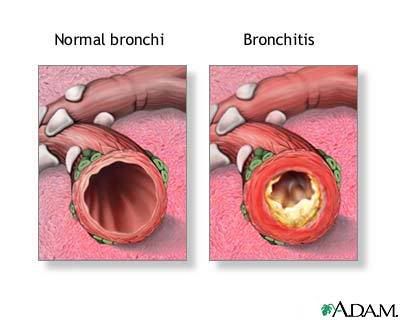
Figure 13: Chronic bronchitis. (From http://z.about.com/f/p/440/graphics/images/en/17099.jpg)
Chronic bronchitis is a chronic infection and inflammation of the bronchi. This causes a narrowing of the bronchial walls by bronchospasm (contriction of smooth muscle along the bronchi), vasodilation, congestion, and mucosal edema. The continued irritation causes an increase in the number of goblet cells in the bronchi which leads to excessive mucous production. The number of cilia lining the respiratory tract diminish and the excess mucus cause bronchial mucus plugs which in turn cause hyperinflated alveoli. Mucociliary clearance is also reduced which allows for pooling of infectious material which causes further infections and irritation [2].
Symptoms of chronic bronchitis include an expectorating cough (meaning one which produces sputum), shortness of breath, a feeling of tightness in the chest, and wheezing [3, 4].
Chronic bronchitis is diagnosed when an individual has a wet cough for at least three months of the year for two or more years. Pulmonary function testing is performed to reveal obstructed airways, and a chest X-ray is taken to rule out other possible causes of the cough. Blood and sputum samples may also be collected [4].
Bronchodilators and corticosteroids are the primary course of treatment for chronic bronchitis, and antibiotics may be used to treat secondary infections resulting from the disease [4].
One of the most important preemptive measures for preventing chronic bronchitis is to stop smoking, as it significantly increases the risk of this disease [4]. The inhaled cigarette smoke paralyzes the cilia in the respiratory tract and they then cannot sweep the mucus and trapped debris into the esophagus to be digested [4]. Instead the mucus builds and inflames the bronchi. Pathogens trapped in the mucus are not cleared and result in a greater incidence of infection [4, 5].
Symptoms of chronic bronchitis include an expectorating cough (meaning one which produces sputum), shortness of breath, a feeling of tightness in the chest, and wheezing [3, 4].
Chronic bronchitis is diagnosed when an individual has a wet cough for at least three months of the year for two or more years. Pulmonary function testing is performed to reveal obstructed airways, and a chest X-ray is taken to rule out other possible causes of the cough. Blood and sputum samples may also be collected [4].
Bronchodilators and corticosteroids are the primary course of treatment for chronic bronchitis, and antibiotics may be used to treat secondary infections resulting from the disease [4].
One of the most important preemptive measures for preventing chronic bronchitis is to stop smoking, as it significantly increases the risk of this disease [4]. The inhaled cigarette smoke paralyzes the cilia in the respiratory tract and they then cannot sweep the mucus and trapped debris into the esophagus to be digested [4]. Instead the mucus builds and inflames the bronchi. Pathogens trapped in the mucus are not cleared and result in a greater incidence of infection [4, 5].

Figure 14: Smoking as the cause of chronic bronchitis. (From http://www.nlm.nih.gov/medlineplus/ency/images/ency/fullsize/19365.jpg)